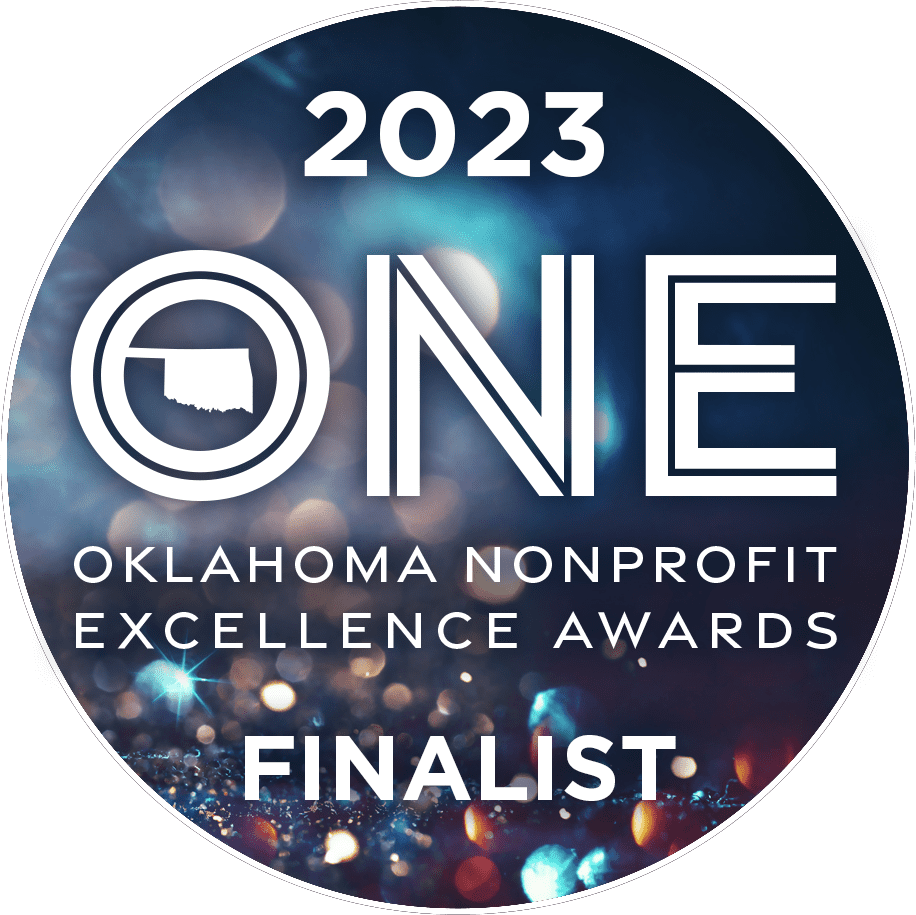[x_alert heading=”Hope without a Plan” type=”warning” close=”true”]This letter is the 3rd in a series exploring how Tulsa Regional STEM Alliance and our partners ensure that every student, every educator, and every community member knows they belong and are valued members of the STEM community. Over the next few months, we’ll explore how our Alliance is protecting, engendering, and advocating for the right of every child, family member, community member, and educator to truly believe they belong in STEM.
[x_button shape=”rounded” size=”regular” style=”background-color: #0496a9; color: #ffffff; font-family: ‘poppins’, sans-serif;” float=”none” href=”https://tulsastem.org/desk-july-23/” info=”none” info_place=”top” info_trigger=”hover” target=”blank” block=”none”]Read Part 2[/x_button]
[/x_alert]
Part 3: Fostering Belonging in STEM Classrooms
In just a few days, students across Oklahoma will be returning to school. Imagine what it would be like in your life if, once a year, your working arrangements and the colleagues that you spend every weekday with changed. Worse, imagine that they’re not only changing, but you’re actually going to be in seven brand-new groups that meet every workday. Some may be your friends, others may be new to you, and still, others may be people you don’t get along with.
Even as an extrovert, that thought experiment exhausts me. Not just because I work with a wonderful group of humans here at Tulsa Regional STEM Alliance but because I know and experience the benefits of knowing and being known by my peers. They understand who I am, why I behave the way I do, and are there to join in my ups and downs. We’re a team–a Nerd Herd, even. I’m somewhere near the middle of my career, and I’m certain that not knowing that I’d be working alongside people I trust would drastically affect me.
To extend my imagined scenario, think of the experience and feelings of having to ask for help from your peers. Even when you have solid relationships with your colleagues, saying you don’t know how to do something or need help can give you pause. It requires confidence, vulnerability, and humility. In my experience, wonderful colleagues, bosses, and mentors have created safe spaces for those conversations, thankfully. Even still, I know that voicing my needs requires a sense of vulnerability that comes from a sense of connection and trust.
The Nature of Teaching and Learning
I love the idea of “troubling” my thinking about a given issue. It’s a practice that I find myself engaging in naturally–rethinking my assumptions and conclusions. I’ve often wondered about how I define Teaching. I’m familiar with formal definitions like “giving information about or instruction in a subject or skill.” Not so bad at first glance. Teaching is clearly a verb that defines an act of one subject, but most definitions seem to fall short. You’ve heard the old philosophical question, “If a tree falls in a forest and no one is around to hear it, does it make a sound?” I’ve always loved that question as the nerd I am. Does sound require a listener? If it does, then no. If sound is just the idea of vibrating air, then yes. Similarly, “if a teacher gives information about or instruction in a subject or skill in a classroom and no student learns, did that teacher teach?” I’ll let you draw your own conclusions here.
The reason I bring this up is that I take teaching to be far more complex and involved, much like the dynamics between teachers and students. Teaching, in my view, is the act of creating conditions for a learner to make sense of and more expertly interact with the subject matter. For a learner to allow themself to grow in this way, it is absolutely essential that they are aware of how they are thinking about a topic and how that thinking is changing over time. In education jargon: metacognition, or “thinking about thinking.” A student must become aware of how they understand the topic, in what ways that understanding is useful, and in what ways that understanding might change with new information through experience. There’s a vulnerability to learning; a willingness to be aware that you are always taking in new information and making connections in new ways. When that new information or new connections don’t jive with your understanding, one must be open to receiving input and ideas from peers and teachers. A learner learns because the conditions make it safe to be uncomfortable.
Belonging vs Fitting In
I recently heard that the opposite of “belonging” is “fitting in.” This idea really struck me as an interesting notion! If, in our classrooms, the lessons or instructional practices cause students to think about how they must “adjust” to feel as if they can be accepted, their ability to learn is diminished. Fitting in is a distraction for the learner, who should be reassured that they can show up as who they are and authentically participate in classroom activities. And this sense of belonging must be front of mind for the teacher as they work to create those conditions that allow a student to build confidence, vulnerability, and humility through trust. Belonging is not just an ingredient for success: nothing else matters without it. It’s like baking a cake without heat. Belonging is the catalyst that we must all prioritize to ensure whatever sounds we make are heard.
So, as school returns, take a moment to consider how you will help create a sense of belonging for the youth you encounter. Here are a few recommendations for getting started on this journey. Have others? Join the conversation on our Facebook page!
- Be Inclusive: Create a friendly and diverse environment where all students feel valued and respected.
- Engage Actively: Use interactive learning methods like group activities and discussions to involve students actively in the learning process.
- Encourage Authorship: Allow students to choose their projects and have some “authorship” over their learning.
- Offer Support: Provide mentorship and support networks to help students feel connected and guided.
- Emphasize Growth Mindset: Be aware of stereotypes and biases, including imposter syndrome, and create an environment that promotes a growth mindset.
We hope you have an amazing school year! All of us here at Tulsa Regional STEM Alliance are rooting for you!



